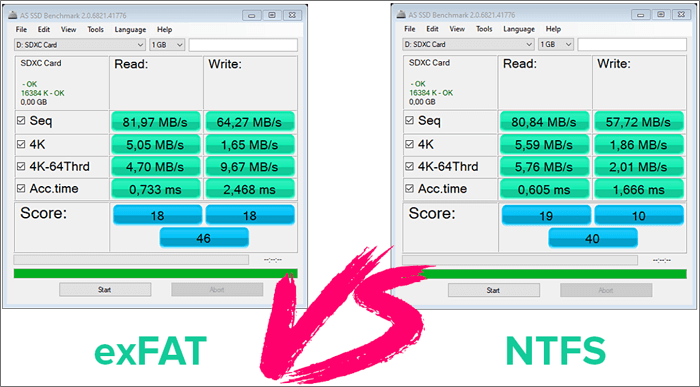

But, the computing unit of the computer calculation is a binary system, so the 128GB calculated by the storage device is converted into bytes, 128,000,000,000Bytes, so what will be displayed through computer’s calculation method is 128,000,000,000/1024/1024/1024≒119GB. The storage device is usually calculated in the decimal system, while the computer operating system is calculated on the basis of the binary system. But it still seems strange to me to do this.Why is the available actual capacity of Memory Cards device less than the amount indicated on the package?Ī: The differences in the display of capacity are the results due to the calculation of the computer operating system differs from the way of the storage device through the Controller IC. And going from one NTFS drive to another might cause less problems since they are both using the same format.

It's actually not terrible to have it NTFS, because you can buy 5TB NTFS rotating platter drives very inexpensively for periodic backup. But it seems strange to get a brand new SSD and then immediately change it's factory format. I'm used to NTFS rotating platter external drives.

So I'm sorting out a 2TB drive to get and what to do with it. This article makes it look like it is straightforward to re-format an exFat drive to NTFS:īut it seems strange to go against the prevailing storage format (exFat), because that's what the major vendors are doing with SSD drives these days.Īre we still supposd to format SSD drives to NTFS to make Kontakt on Windows 10 happy? However, exFat is the standard for the latest flagship 2TB SSD drives such as Samsung T5, WD MyPassport, and Sandisk Extreme. I saw a post as recent as February 2020 that says exFat does not work well with Kontakt.


 0 kommentar(er)
0 kommentar(er)
